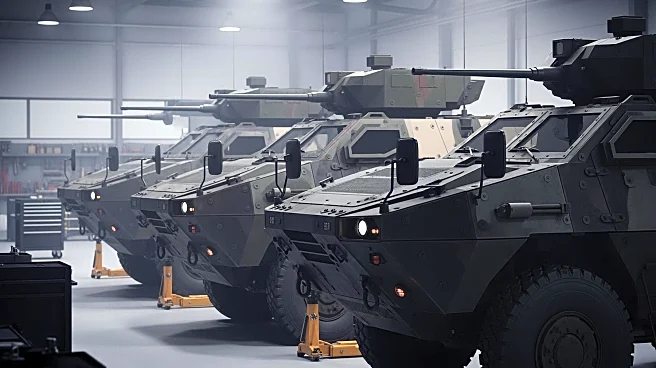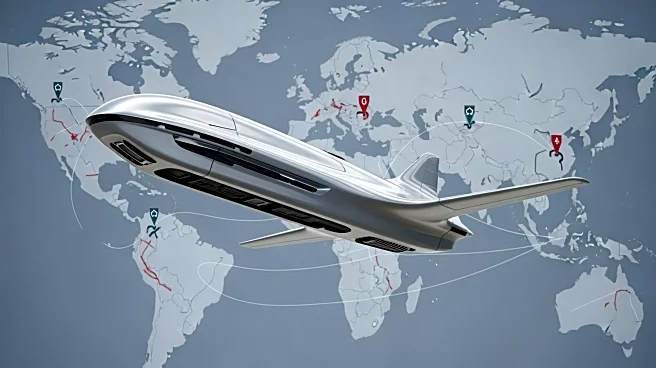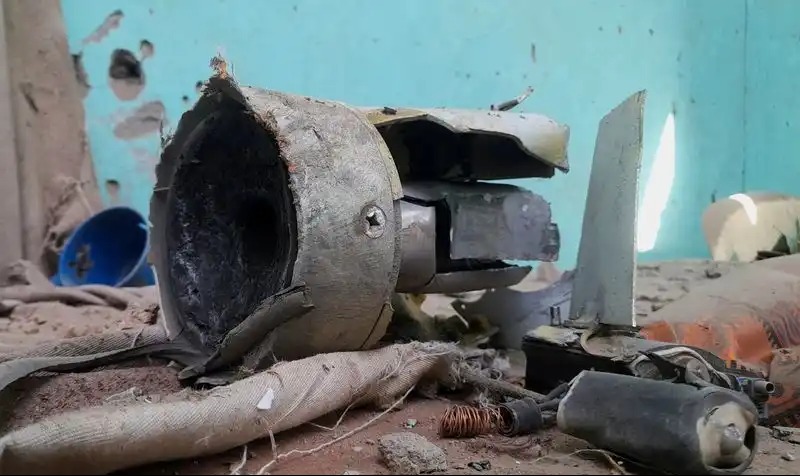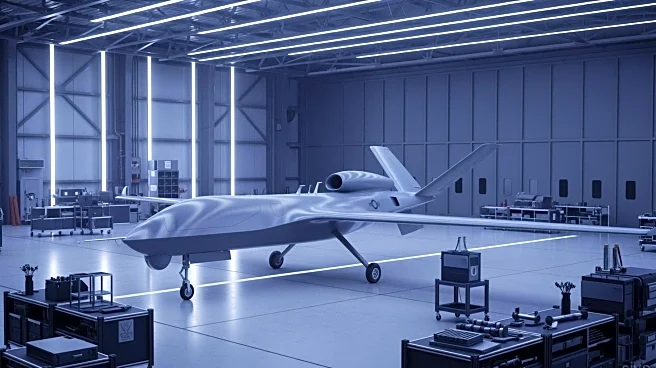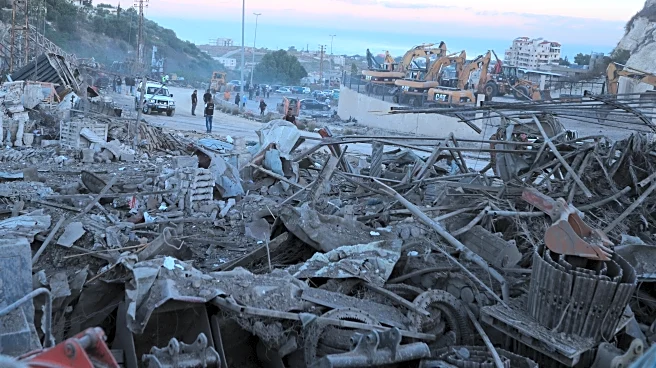What's Happening?
A recent report by the Government Accountability Office (GAO) has revealed that the majority of ground combat vehicles used by the U.S. Army and Marine Corps are not ready for missions. This is primarily
due to a lack of maintenance and shortages of spare parts. The report highlights that 18 key types of combat and support vehicles, including the Bradley Fighting Vehicle, Abrams Tank, and Stryker Combat Vehicle, are failing to meet readiness standards. Over the past decade, both the Army and Marines have faced challenges such as industry supply issues, reduced vehicle overhauls, and a shortage of skilled technicians. The Army, in particular, has seen a significant reduction in maintenance overhauls, dropping from 1,278 in fiscal 2015 to just 12 in fiscal 2024. Despite these reductions, spending on depot maintenance remains high, with over $2.5 billion spent in fiscal 2023.
Why It's Important?
The readiness of military vehicles is crucial for national defense and operational effectiveness. The GAO's findings indicate potential vulnerabilities in the U.S. military's ability to respond to conflicts. The lack of maintenance and skilled personnel could hinder the Army and Marine Corps' operational capabilities, affecting national security. The report also underscores the financial inefficiencies, as high spending on maintenance has not translated into improved vehicle readiness. This situation could lead to increased costs and operational delays, impacting the military's strategic objectives and readiness for future engagements.
What's Next?
The GAO report suggests that both the Army and Marine Corps need to address the maintenance and supply chain issues to improve vehicle readiness. This may involve increasing funding for overhauls, enhancing training for technicians, and diversifying suppliers to reduce dependency on single-source manufacturers. The military may also need to invest in modernizing its maintenance infrastructure and processes to ensure that vehicles meet mission availability standards. Stakeholders, including military leaders and policymakers, will likely need to collaborate to implement these changes and ensure the military's operational readiness.
